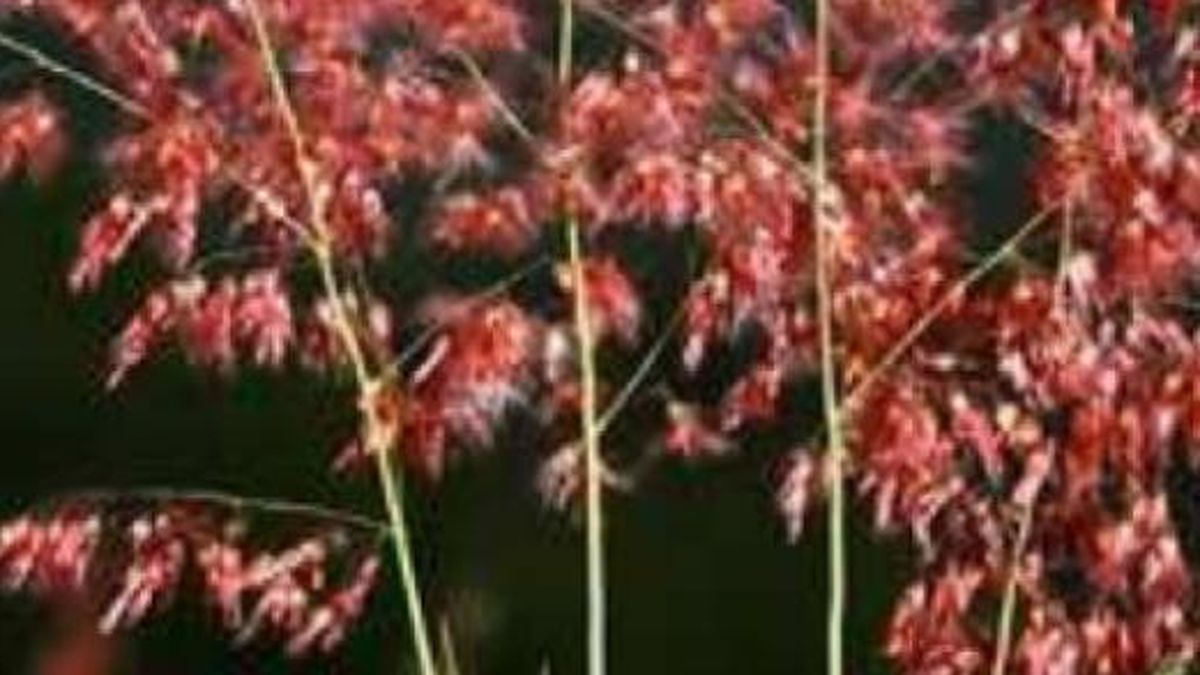The appearance of pink grass in the north of Uruguay It worries not only the government—represented in the Ministry of Environment and the Ministry of Livestock, Agriculture and Fisheries (MGAP)—, but also to agro, which has already been hit between the historic drought that the country went through and the loss of competitiveness due to the exchange rate delay. This is because it is an exotic and invasive weed that can harm agricultural crops and grazing areas.
The invasive species —that is, they are not native and, although they are outside their natural range, they can survive and reproduce in the new habitat— they are always a problem for the natural ecosystems of a country or region, as they modify the balance nature of the spaces and can affect not only the flora and fauna of the place, but also be a risk for productionespecially agricultural and livestock.
The case of the pink grass, whose scientific name is Melinis repenswhich appeared in the north of Uruguay and set off environmental and agricultural alarms.
What is pink grass?
Pinkgrass is a short-lived annual or perennial species native to South Africa which was introduced in America and it spread throughout the continent through the invasion of non-forest ecosystems, agricultural crops and degraded areas.
It usually has an average height of 50 to 60 centimeters long and it is believed that, originally, this plant was introduced to the American continent as a species. ornamental —due to the pink color that covers the spikelets, which, when mature, turn from white to silver— or, also, due to their ability to prevent soil erosion.
However, this species has rapid growth and expansion: it can achieve a large seed production of 113.5 kilograms per hectare in its first year, while up to 206.5 kg per hectare have been reported, even in years with low rainfall. ; and these seeds are, in turn, light and feathery, which facilitates efficient and fast dispersion.
The problem is that this plant not only invades non-forest ecosystems, but also affects crops and displaces local flora. Furthermore, although it has been traditionally used as forage, recent studies show that lacks good nutritional value for the animals. Therefore, for the agricultural sectors, it seems to be nothing more than a headache that could seriously affect production.
Likewise, this species promotes anomalous regimes of fire, so it is even a greater risk.
For these reasons, the National Committee on Invasive Exotic Species (CEEI)led by the Ministry of the Environment, in conjunction with the MGAP, through its Directorate of Agricultural Services (DGSA)are working on a monitoring and control plan for this invasive exotic weed.
Source: Ambito




